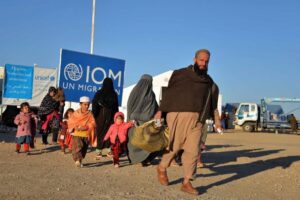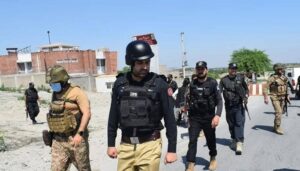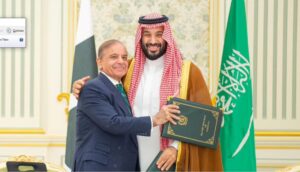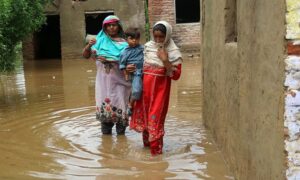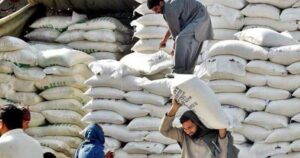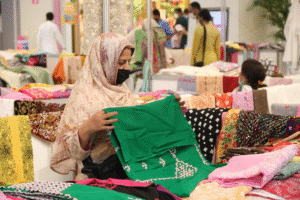One morning, the Chief Minister roared. By evening, he whispered.
On the surface, Ali Amin Gandapur’s recent remarks about launching jirgas to address terrorism seem measured, even democratic. He promises consultation. He speaks of unity. He insists — in firm, headline-ready language — that where terrorists are found, action will be taken. And yet, beneath the surface of this scripted resolve lies the murky tension of a province divided between fear, fatigue, and frustration.
Beginning August 2, the government plans to hold a series of jirgas across Khyber Pakhtunkhwa, culminating in a grand tribal consultation. The goal? To draft a clear, consultative policy against terrorism. The rhetoric of inclusion is welcome. The reality it tries to mask is far more complicated.
In districts like Bajaur, Janikhel, and Landi Kotal, violent incidents continue to punctuate everyday life. Militant groups, some brazenly appearing on social media platforms like X (formerly Twitter), flaunt videos of quadcopters and cryptic threats about future attacks. On the ground, security forces are already conducting operations — small, medium, and large — depending on the region. But as boots move in, so do protests.
For many residents, opposition to these operations isn’t about defending extremists. It’s about survival — fear of displacement, the trauma of conflict, and the disintegration of already fragile livelihoods. The right to protest within legal bounds cannot be mistaken for sedition. When people raise their voices about leaving homes behind, it is not a rebellion. It’s a cry for balance.
This is where the state must show maturity. Civil and military leadership must actively listen — not to endorse every claim, but to distinguish genuine concern from manipulation. Alienating communities, particularly in former tribal areas, only strengthens the narrative of exclusion. A respectful dialogue, where community concerns are heard and reflected in policy, is not weakness; it is democratic strength.
Yet, while the state has responsibilities, so do the people. Protests must not provide cover, intentionally or not, for anti-state actors. Slogans that inadvertently embolden militant groups or echo their rhetoric damage legitimate causes. If demands are rooted in sincerity and local wellbeing, authorities would find little reason to resist. But if masked agendas threaten national security or undermine ongoing cleansing operations, the state cannot — and must not — acquiesce.
The challenge is deepened by the political fog. In recent weeks, voices known for stoking unrest — often with personal or ideological agendas — have gone quiet. Others, driven by political vendetta, have grown louder. These shifting loyalties and performative allegiances only muddy the waters for those truly seeking peace and stability.
That brings us back to Gandapur. His tone shifts within a single day — firm by daylight, evasive by dusk. This wavering erodes public trust and suggests either a lack of autonomy in decision-making or a poor grasp of ground realities. A leader cannot play both shores of the river — he must bridge them. Especially now.
This is not a time for theatrics or tribal populism. It is a time to understand the nuanced reality of post-conflict regions: where trauma is fresh, trust is fragile, and enemies are often invisible.
Effective leadership now means enduring the tide — not just appearing tough in press briefings, but steering the province through the tempest with a steady, even hand. The goal must be long-term peace — not momentary applause.
And peace, like trust, is built one consistent action at a time.


